You're Killing Your Car Without Even Knowing It
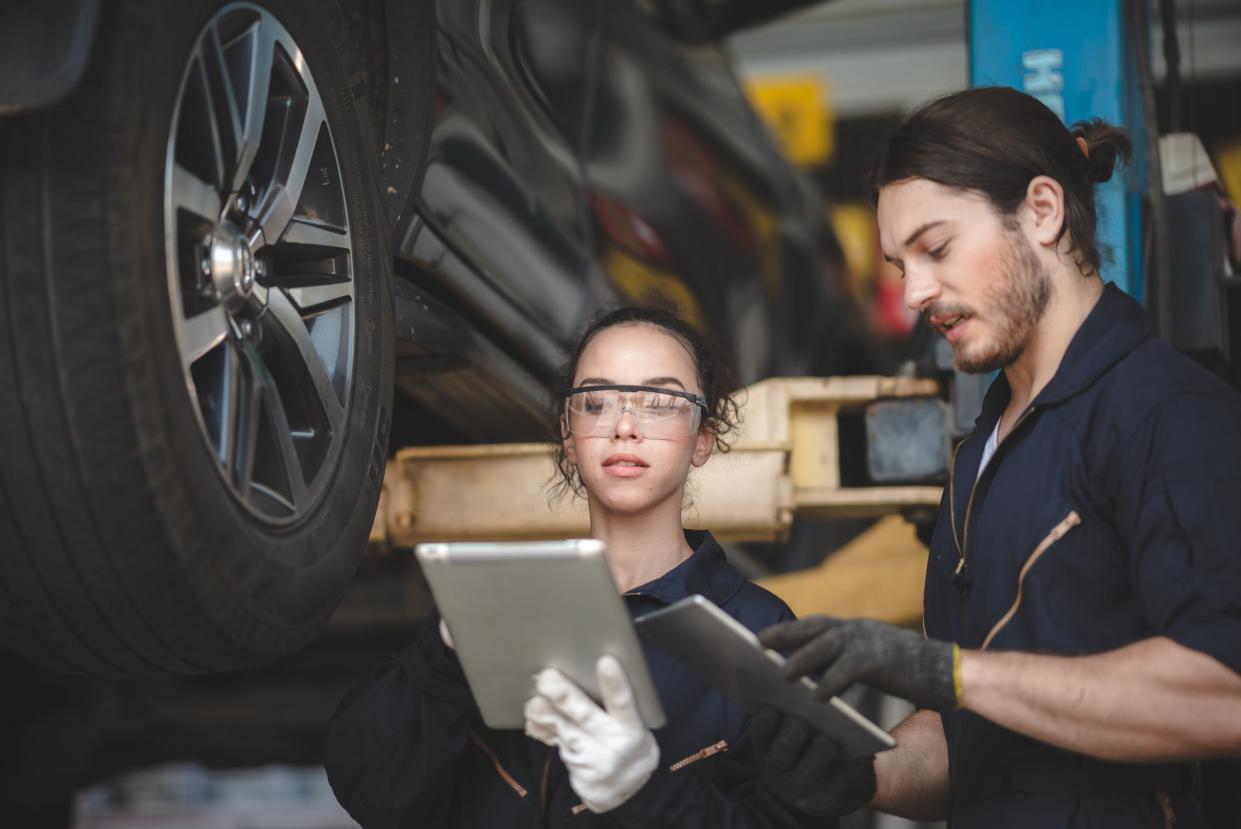
Moving Violations
Everyone knows to get their oil changed, to pump the right kind of gas for their vehicle, and not to crash into things whenever it’s avoidable — but you might be killing your car in other, more subtle ways without realizing it. Here’s a look at the little things that drivers do, and don’t do, on highways across America that make their vehicles perform poorly, break down early, and lose value prematurely.
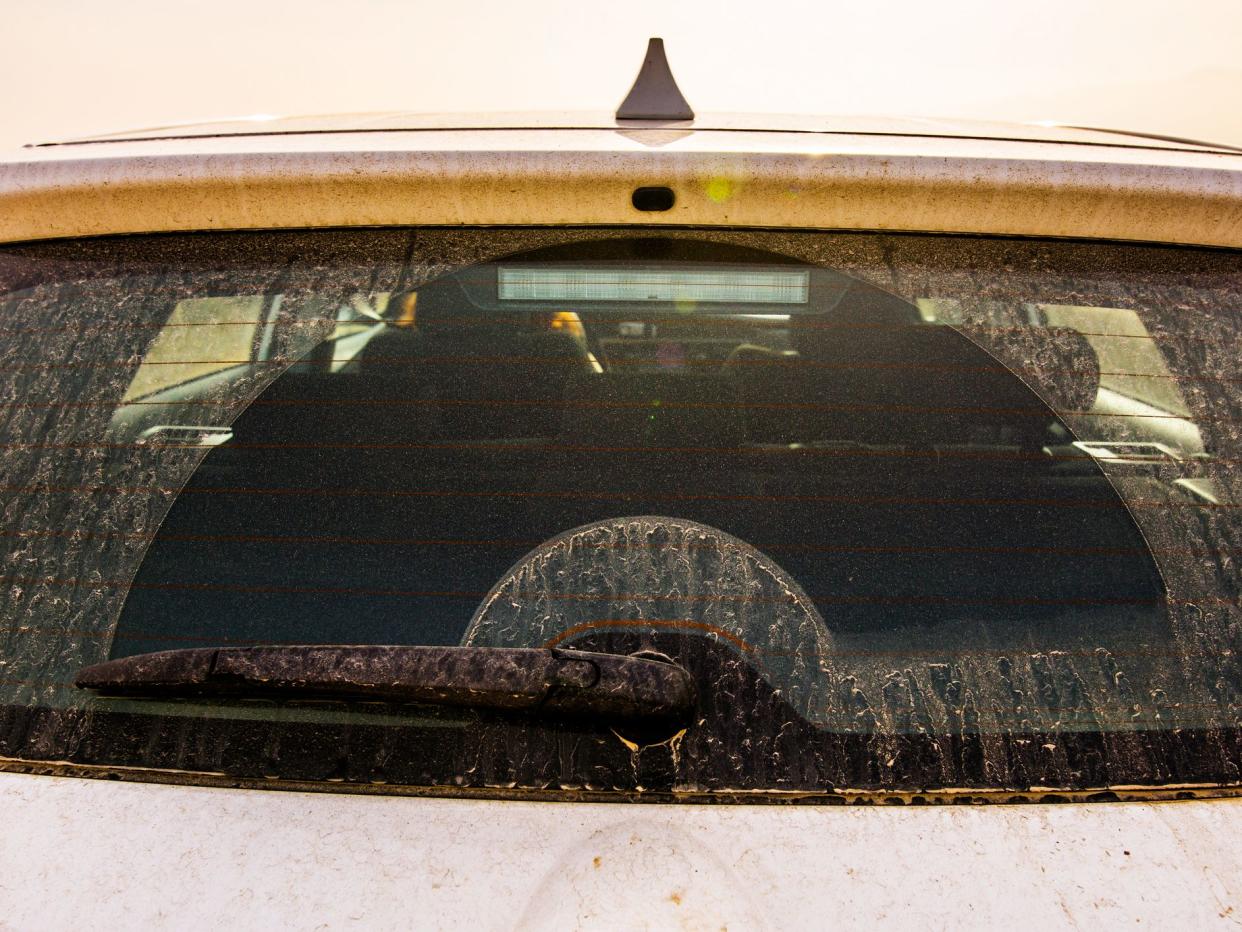
Riding Dirty
One of the simplest things any driver can do is visit a car wash frequently or bust out the hose, sponge, and bucket, and do it themselves. Clean cars turn heads and dirty cars turn stomachs. But it’s not just aesthetics — car washes extend the life of a car and help hold its value. Caked-on gunk., particularly in the winter when roads are treated with corrosive salt, sand, and melting chemicals, can eat away at paint. Modern versions are mixed with protective coatings that repel the elements and protect the vulnerable metal underneath, and all it takes is a little breach of that coating to allow water to seep in and rust to form. Once rust takes hold, it spreads like a cancer and slowly devours your vehicle.
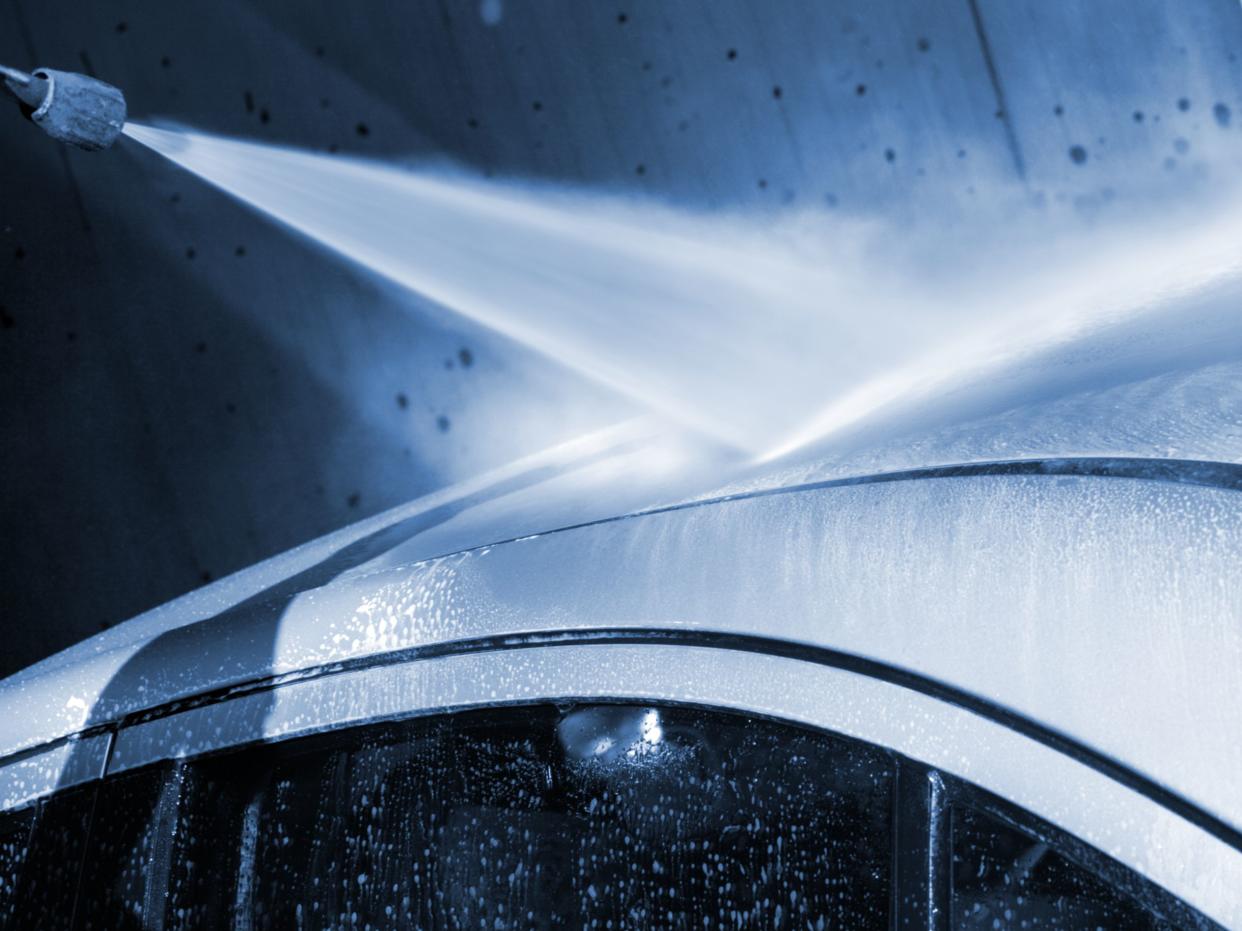
Power Washing Your Car
On the other end of the spectrum is washing that’s too intense. According to Consumer Reports, many people cave into the urge to turn their pressure washer — which worked so well on the deck and patio — on their vehicles as an easy way to blast off dirt without resorting to soap, bucket, sponge, and garden hose. They shouldn’t. The power is too intense and can chip paint, which, here, too, can breach your car’s protective coating and invite rust.
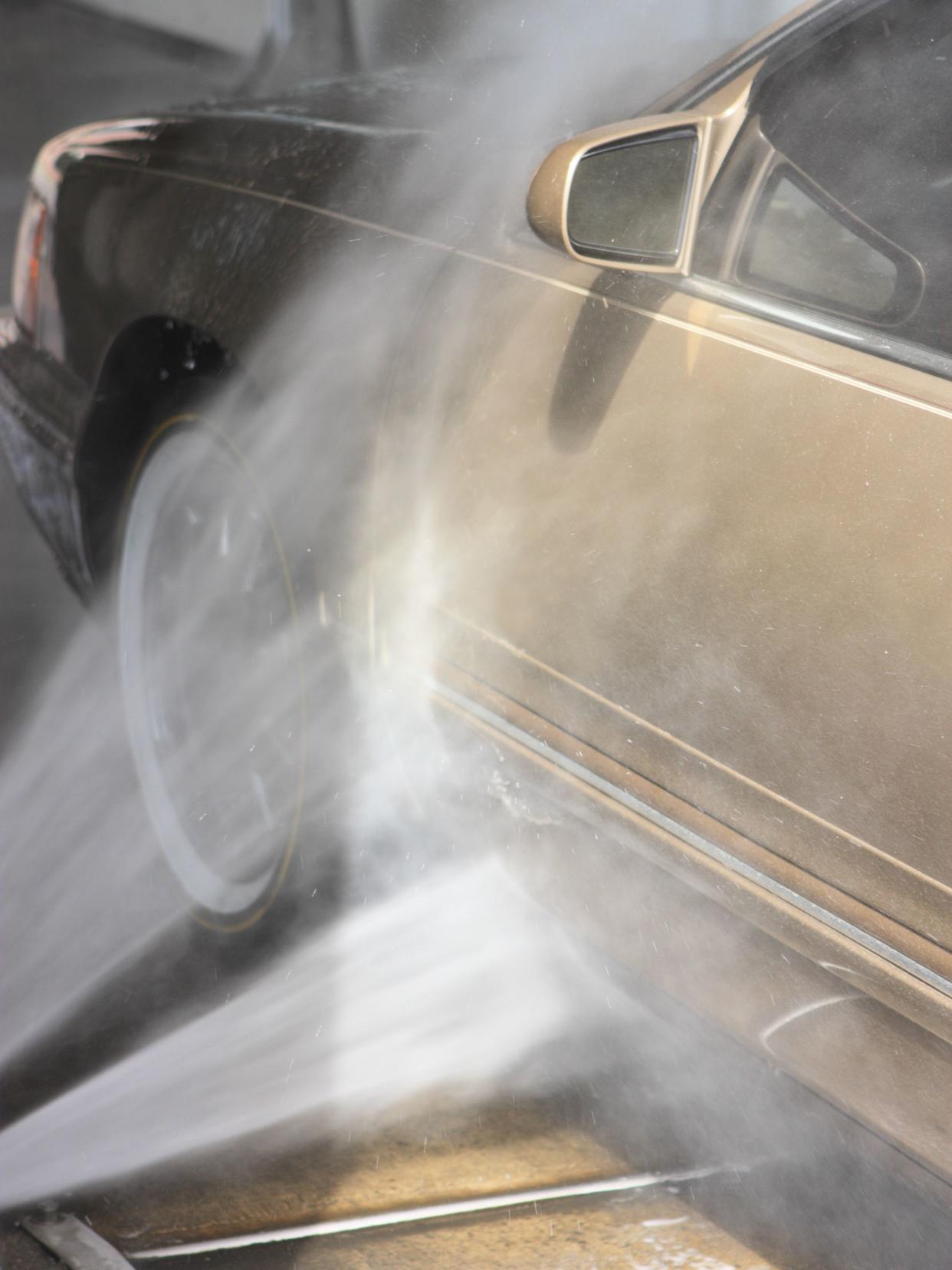
Keeping the Out-of-Sight Undercarriage Out of Mind
There’s one exception to the rule about pressure washers: You can use one safely to get the reach and power needed to blast hard-to-reach areas on your car’s unpainted, unprotected, and frequently neglected undercarriage. If you pay to get your car washed, the undercarriage should be included. If you DIY, make sure to pay special attention to what you don’t see; the undercarriage and all its critical components are vulnerable to the grime, gas, oil, dirt, salt, and sand caked to the roadways it rides just a few inches above. If you don’t have a pressure washer, a thorough spray with a hose is better than nothing. If you do, the addition of a degreasing detergent will help even more.
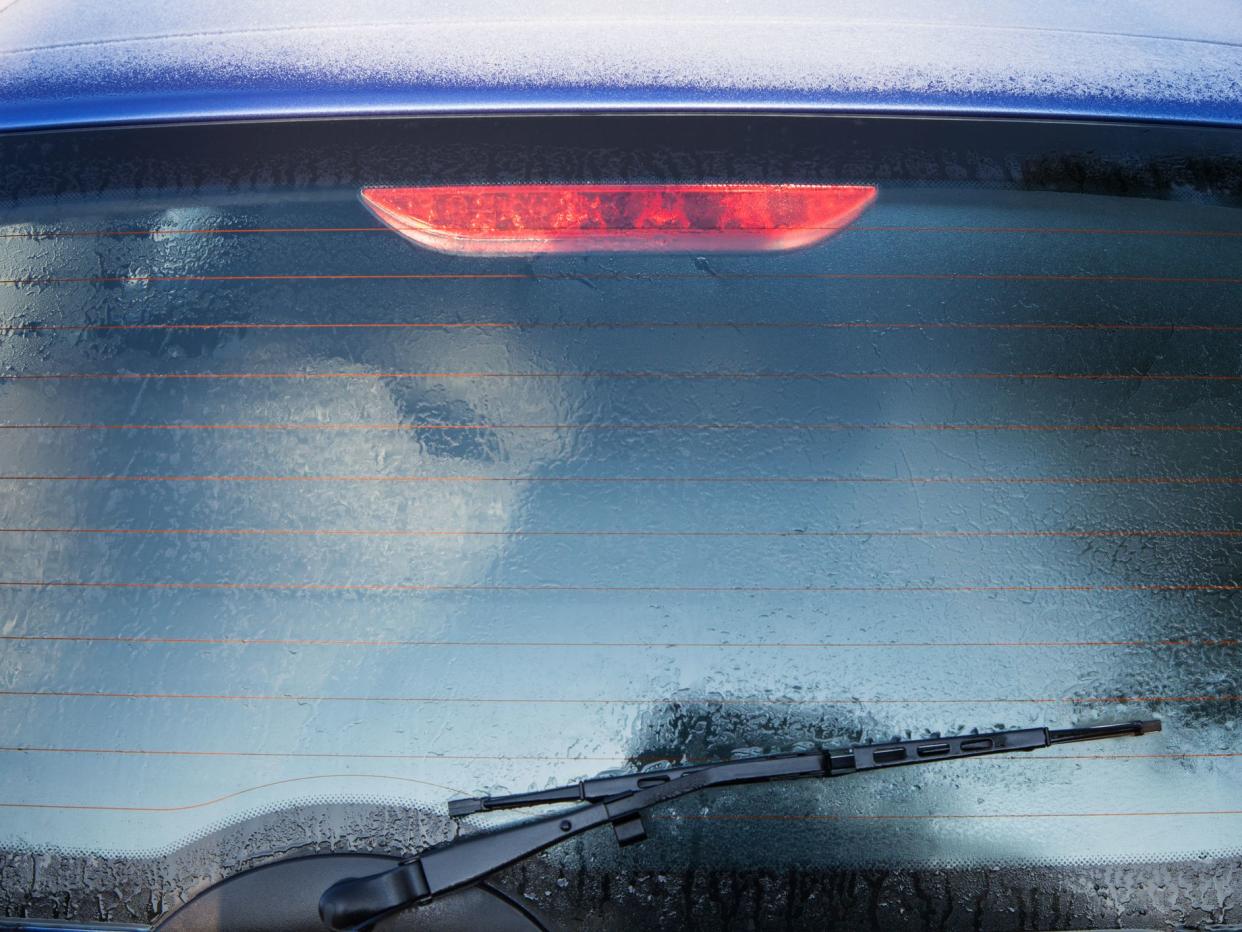
Using Ammonia-Based Cleaner on the Rear Windshield
Ammonia, which is found in many common household glass cleaners, is great at stripping grime and gunk from windows. It’s also, however, powerful enough to degrade those little black stripes on your rear windshield and the adhesives that keep them in place. Those are the mesh grid of your rear defroster, and if they’ve been degraded by ammonia over time, they can’t heat up to evaporate condensation — and you won’t be able to see what’s behind you. Ammonia can also degrade window tinting and cause the rubber weather stripping along the edges to dry and crack.

Parking Outside
If you have the option of parking under cover, take it, even if it’s not a full-fledged garage. Wind, rain, snow, temperature swings, and powerful UV rays from the sun degrade every surface they touch — awesome geological features such as the Grand Canyon were created by those exact same elements. Not only do cars parked under cover avoid all that, but they’re spared bird droppings, falling branches, blowing debris, and the rest of the car-killers lurking outdoors. If you don’t have a garage, carport, or similar covered parking spot, invest in a car cover. You can get a good one for less than the price of a tank of gas.
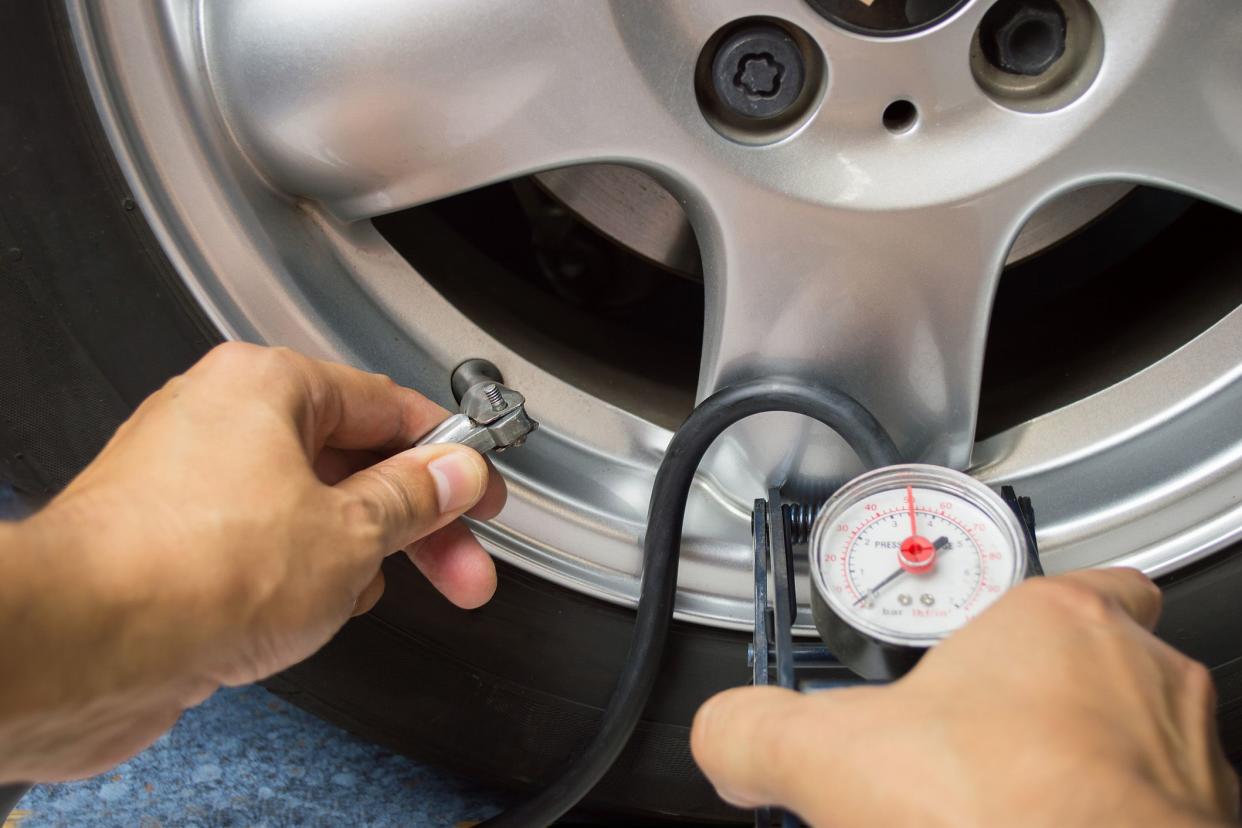
Not Keeping Your Tires Properly Inflated
Every car comes with a manual that dictates the exact tire pressure that’s appropriate for that vehicle’s tires. Going below can hurt braking and steering response. Underinflation leads to premature wear on the sides of the tire and creates excess flex in the sidewalls, which generates potentially dangerous heat that can lead to blowouts and other tire failures. Too much air and your overpressurized tires are more prone to uneven wear on their centers, making them more vulnerable to bubbles and sidewall damage from curb impacts.
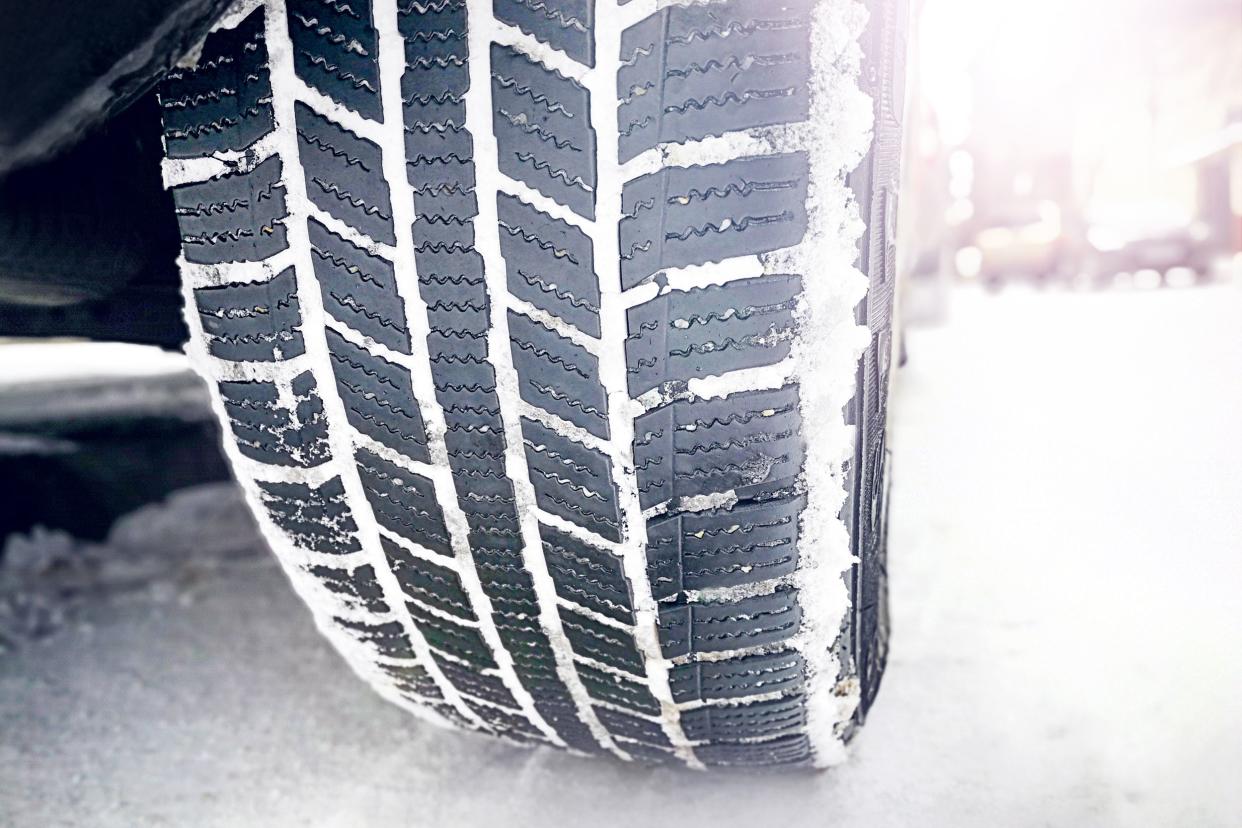
Driving on the Wrong Tires
For most people in most climates, a good set of all-weather tires will provide enough traction and performance 365 days a year, including when it’s snowy. Some truly harsh environments require snow tires, but only during the coldest, snowiest weeks and months. Driving on snow tires all year round dampens performance and quickly wears down their specialized treads. Much more importantly, however, never drive with any size tire not specified in your car’s manual. Driving on tires that are too big, too small, too tall, too thin, or too wide is bad for a car and can be fatally bad for drivers and passengers thanks to the heightened risk of rollovers and all kinds of other dangers.
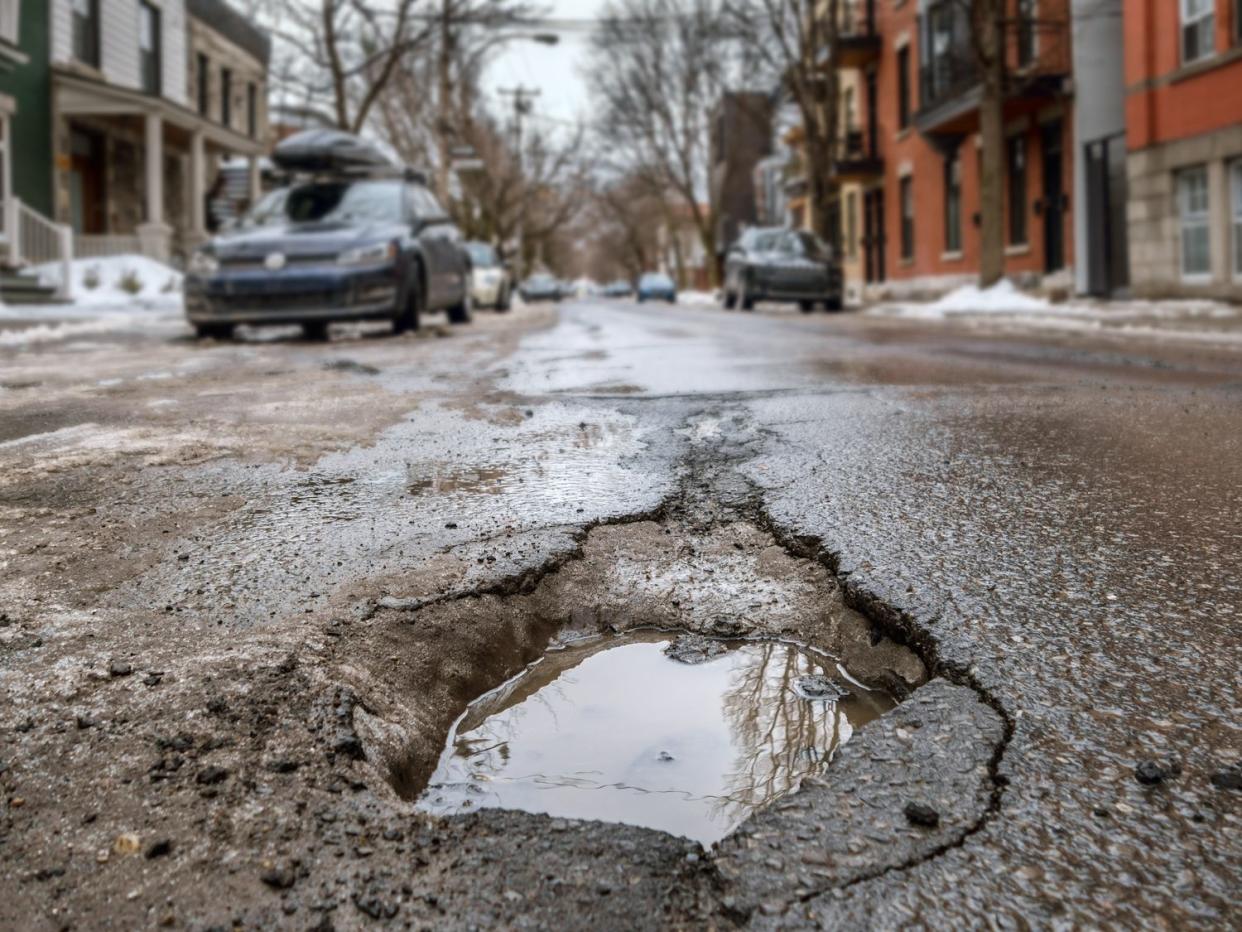
Hitting Speed Bumps and Potholes at Speed
Roll slowly at a consistent speed over speed bumps, and don’t roll over potholes at all. That, of course, is easier said than done, but it’s still important to take both common hazards seriously. If not, your tires and suspension will be sure to make you pay. The jarring caused by potholes, speedbumps, and similar obstacles compresses the suspension as it struggles to absorb the impact. Even more likely is tire damage. And don’t be surprised if your alignment is off after you hit one at high speeds.

Ignoring Your Check Engine Light
Few things are more foreboding than seeing the check engine light pop on in front of you as you cruise down the highway, but plenty of drivers ignore it because they don’t notice any difference in the way their car performs. While it’s true it might just be a computer/electrical glitch, the check engine light usually does what it was designed to do: warn drivers that something is seriously wrong with a car — that the car is experiencing some kind of mechanical failure. When the light goes on, call your mechanic without delay.
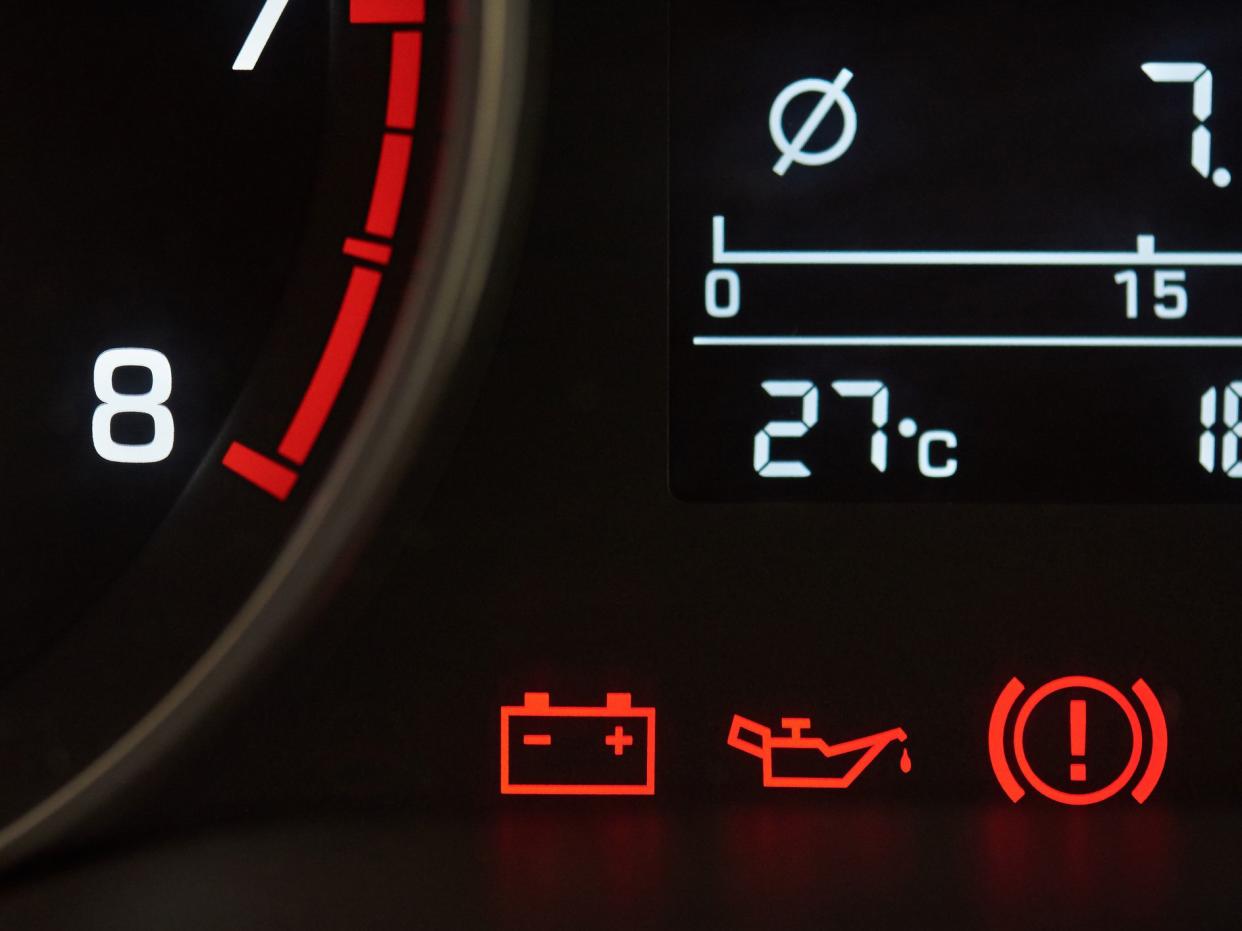
Turning a Blind Eye to Other Dashboard Symbols
The checkengine light is the 800-pound gorilla on the block, but don’t think you can get away for very long with turning a blind eye to any other common dashboard warning lights. They let you know about problems with a wide variety of systems. There are icons that warn about problems with traction control, airbags, and automatic shift start. Then there’s the oil pressure light, the tire pressure warning light, the engine temperature warning light, and, of course, the dreaded low fuel indicator.
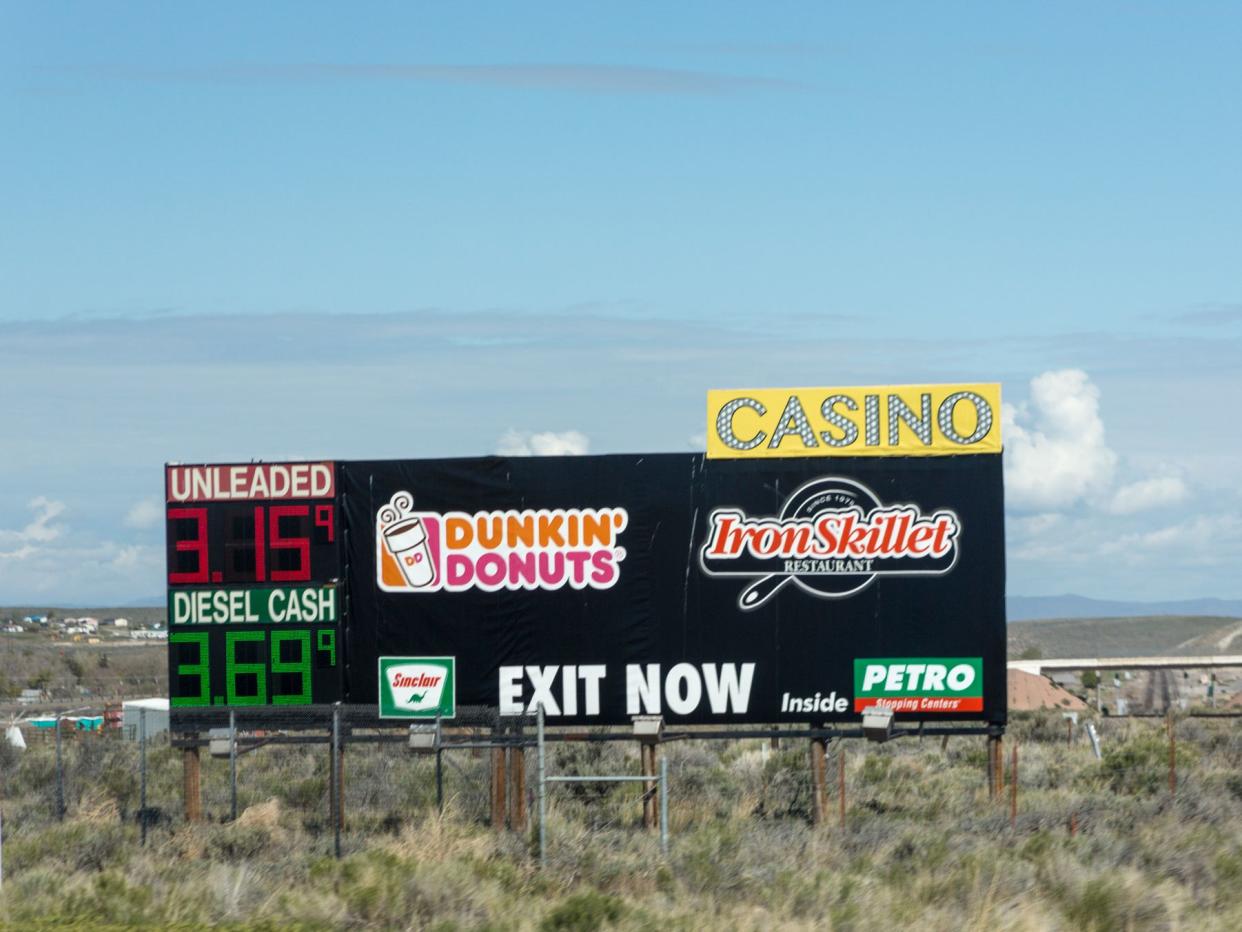
Running on Fumes
The arrival of the fuel light triggers highway anxiety, but driving with a near-empty fuel tank isn’t bad only for your state of mind — it’s bad for your fuel pump. Located inside the gas tank, the fuel pump must be submerged to work properly, which is possible only when the tank is roughly one-quarter of the way full or more. An exposed pump can cause temperatures to rise by allowing the pump to pull in air and become clogged by sediment commonly found at the bottom of gas tanks.
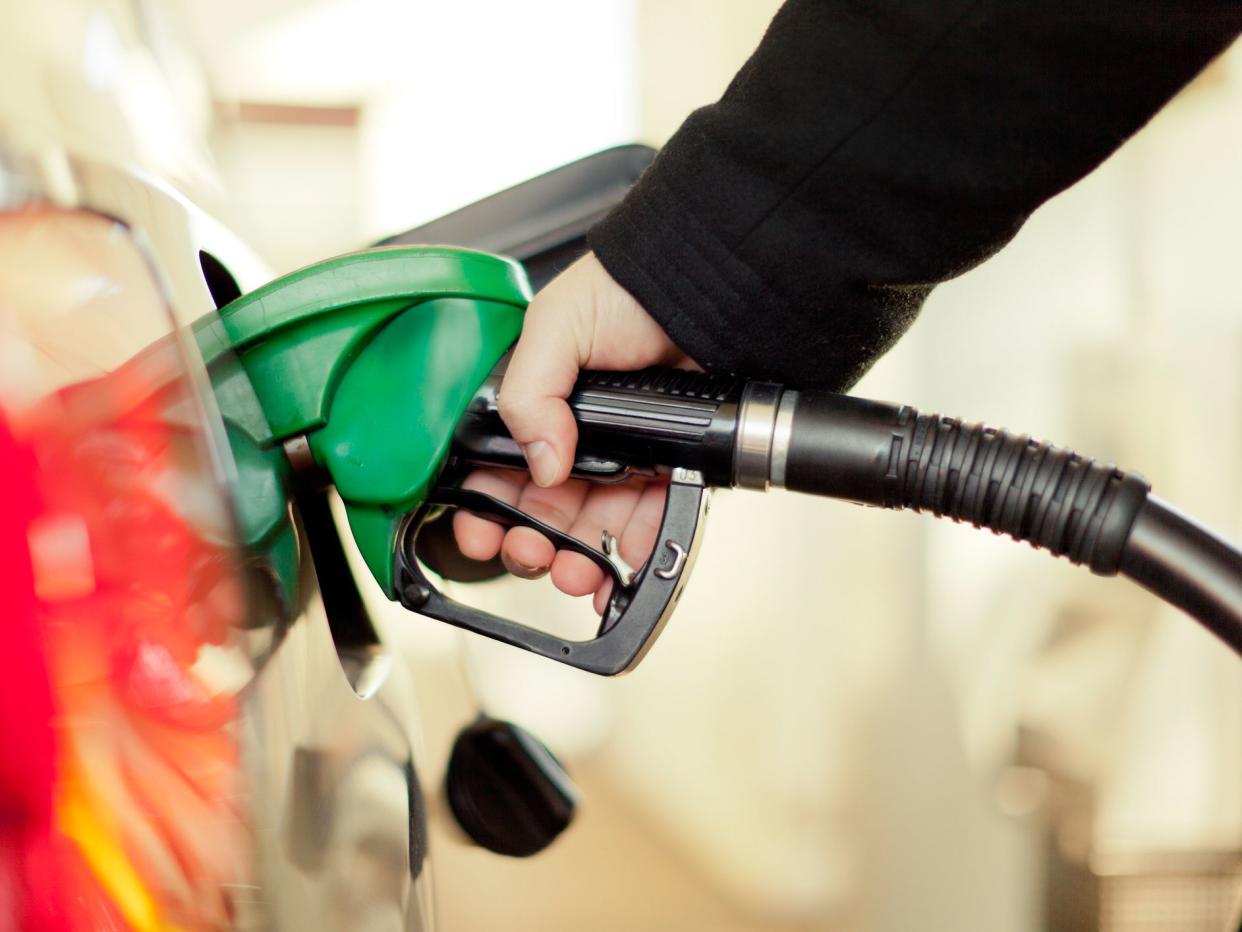
Topping Off Your Tank
When you’re fueling up at the gas station, the automatic shutoff mechanism makes the trigger on the nozzle click off when you’re all filled up. Once that happens, there’s no way to get more usable gas in the tank. When cash was king, it was common for people to “top it off” with a few gentle squeezes to round up the price to the nearest dollar to avoid getting saddled with a pocket full of change. It was a bad idea then, and it’s a bad idea now. That excess fuel goes not into the gas tank, but into the evaporation canister, which restricts fuel vapor from being released into the air. It’s a safety feature and an environmental feature that will eventually fail if it’s flooded constantly with gas, which it is every time you overfill at the pump.
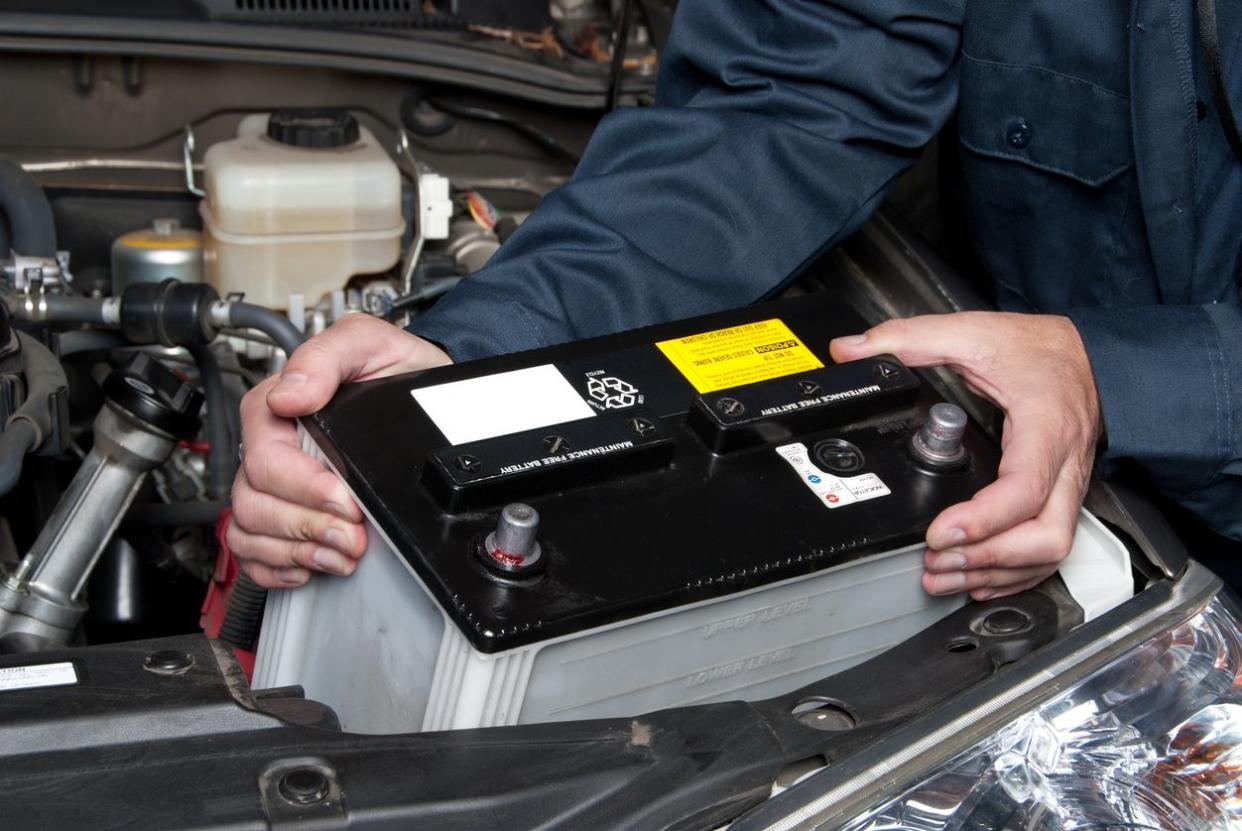
Buying the Cheapest Replacement Battery
There are definitely times when you can save money by cutting corners with your car. Your battery is not one of those times. When your battery goes and it’s time to install a new one — which is a DIYable project, for many — get a good one or you’ll be back for another bad one before you know it. Cheap car batteries are built with cheap materials, such as low-end cables and wires and PVC instead of rubber as a separating material. Cheap batteries also sweat acid, which triggers a chemical reaction that creates corrosion and leads to a bunch of toxic gunk building up on the outside of the cable ends and, eventually, the cables themselves.
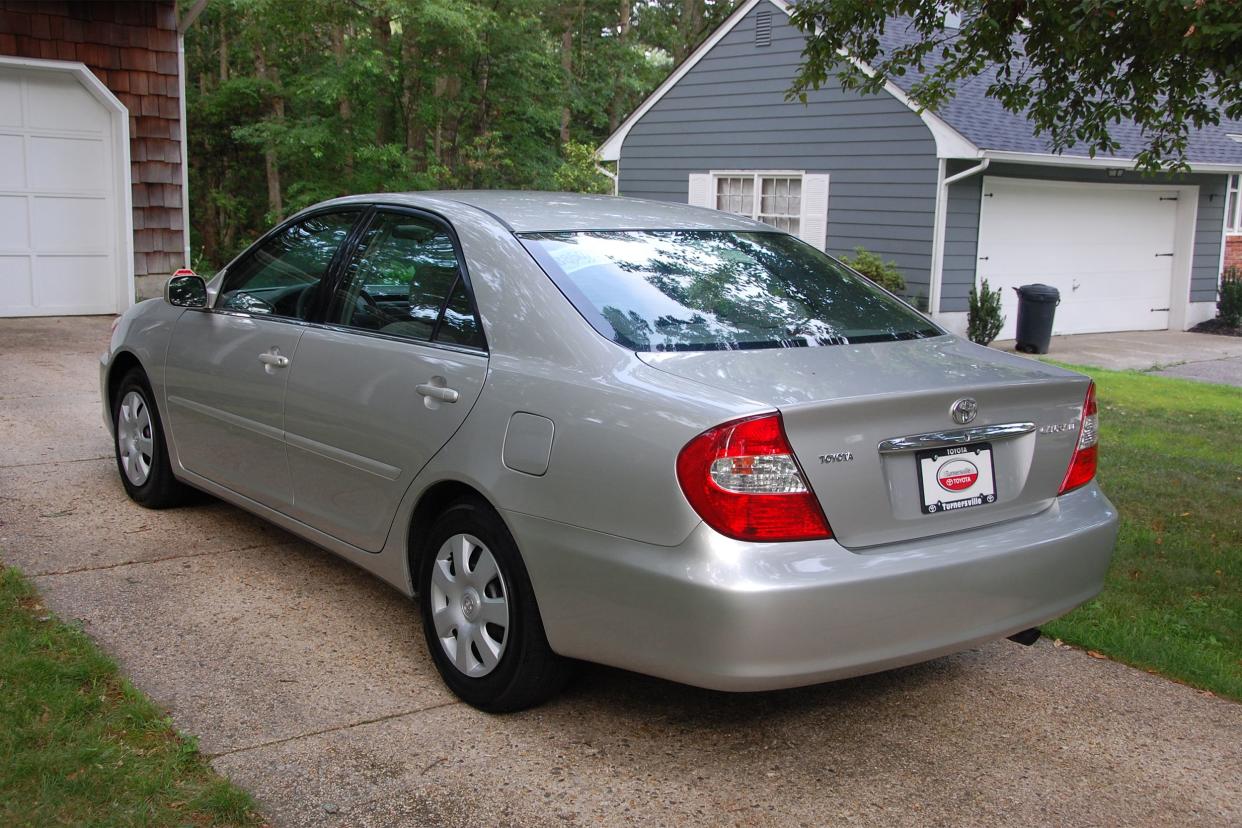
Letting Your Car Live a Sedentary Lifestyle
If you’re one of the many new workers-from-home and now ordering everything you buy online, your car might be spending a lot of time sitting unused. That’s great in that you’re not buying gas or putting miles on your ride, but bad because, like you, sitting idle for extended periods is bad for a car. Even if you don’t need to go anywhere, drive around the block a few times once every few weeks to get motor oil circulating through the engine. Sitting in place for too long can lead to flat spots on tires, damage from pests, dried out belts and hoses, and the buildup of rust. Perhaps the most immediate concern is the battery, which must be replenished by a car’s alternator every so often — or else it will go dead in a few months instead of a few years.
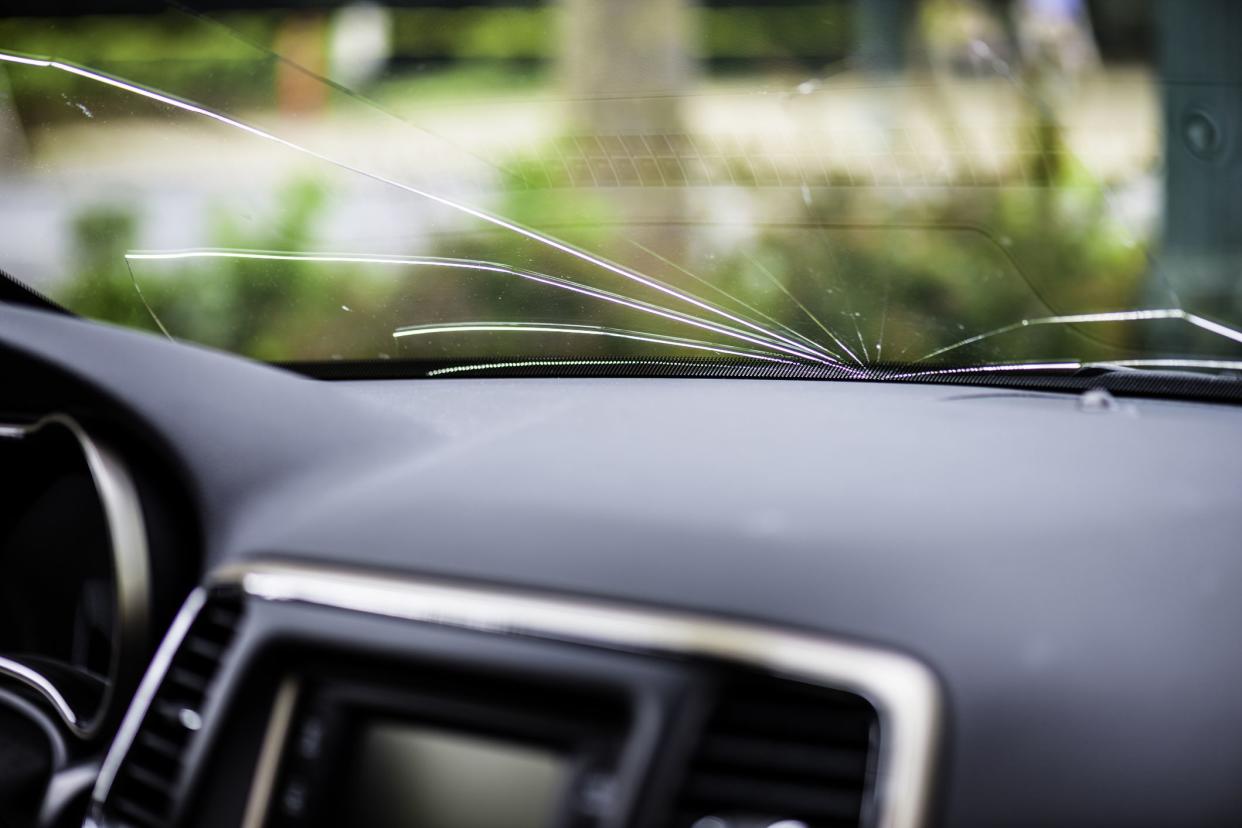
Ignoring Windshield Cracks
Cracked windshields are ugly, but they’re also unsafe. Small cracks don’t stay small for long — get them patched before they spiderweb out and the entire windshield has to be replaced. Cracks disrupt your vision and, if they’re really bad, can reduce roof support and even cause airbags to malfunction.
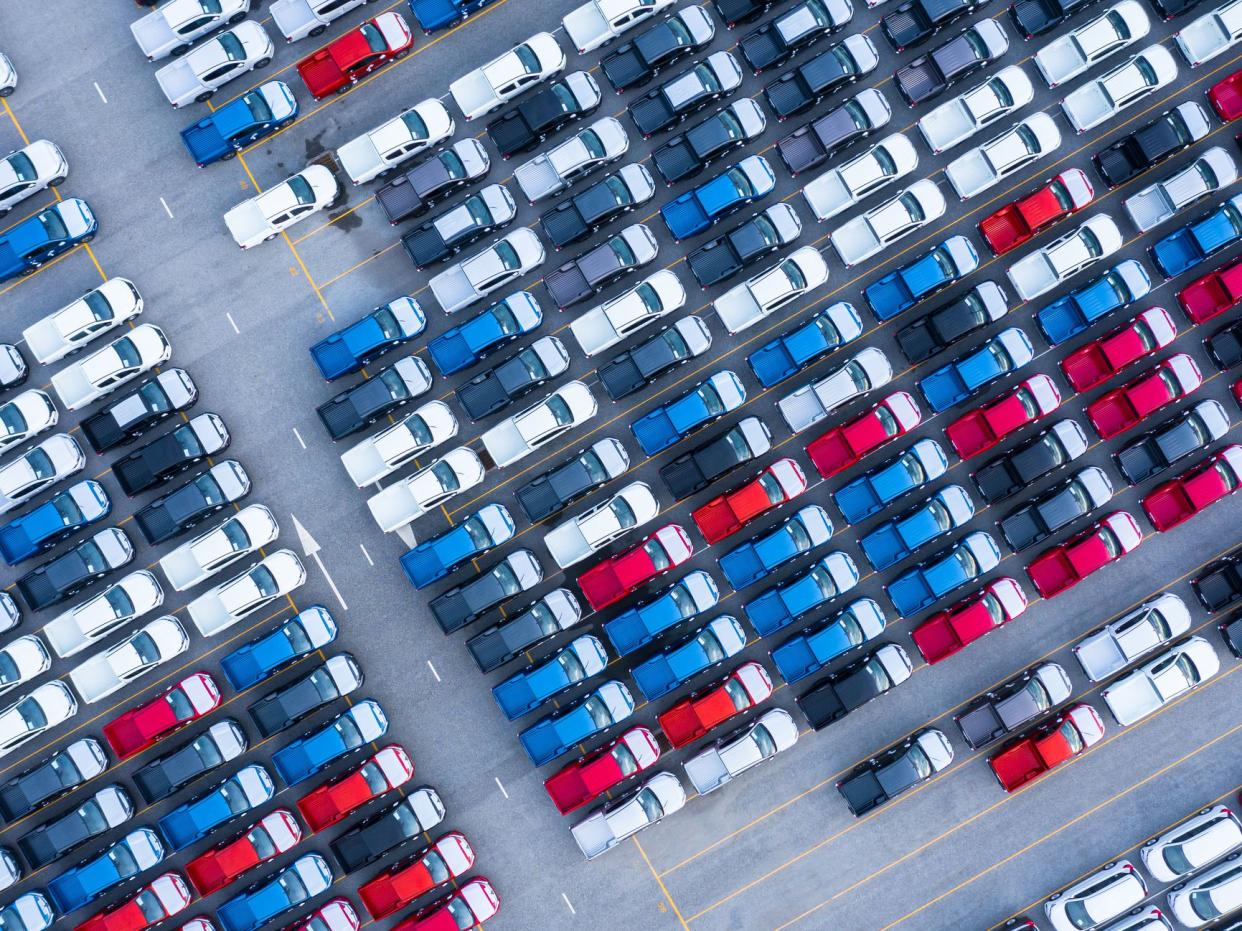
Ignoring Recall Notices
Automakers issue recalls when they realize the presence of a defect that could compromise safety. In other cases, the National Highway Traffic Safety Administration orders a recall. Either way, a recall means that your car might contain a part, system, or software code that could diminish your vehicle’s functionality or make it unsafe to drive. Just type your vehicle’s vehicle identification number into the NHTSA recall database to find out if you’re driving a vehicle with a recalled part, and check back regularly to make sure you’re up to date.
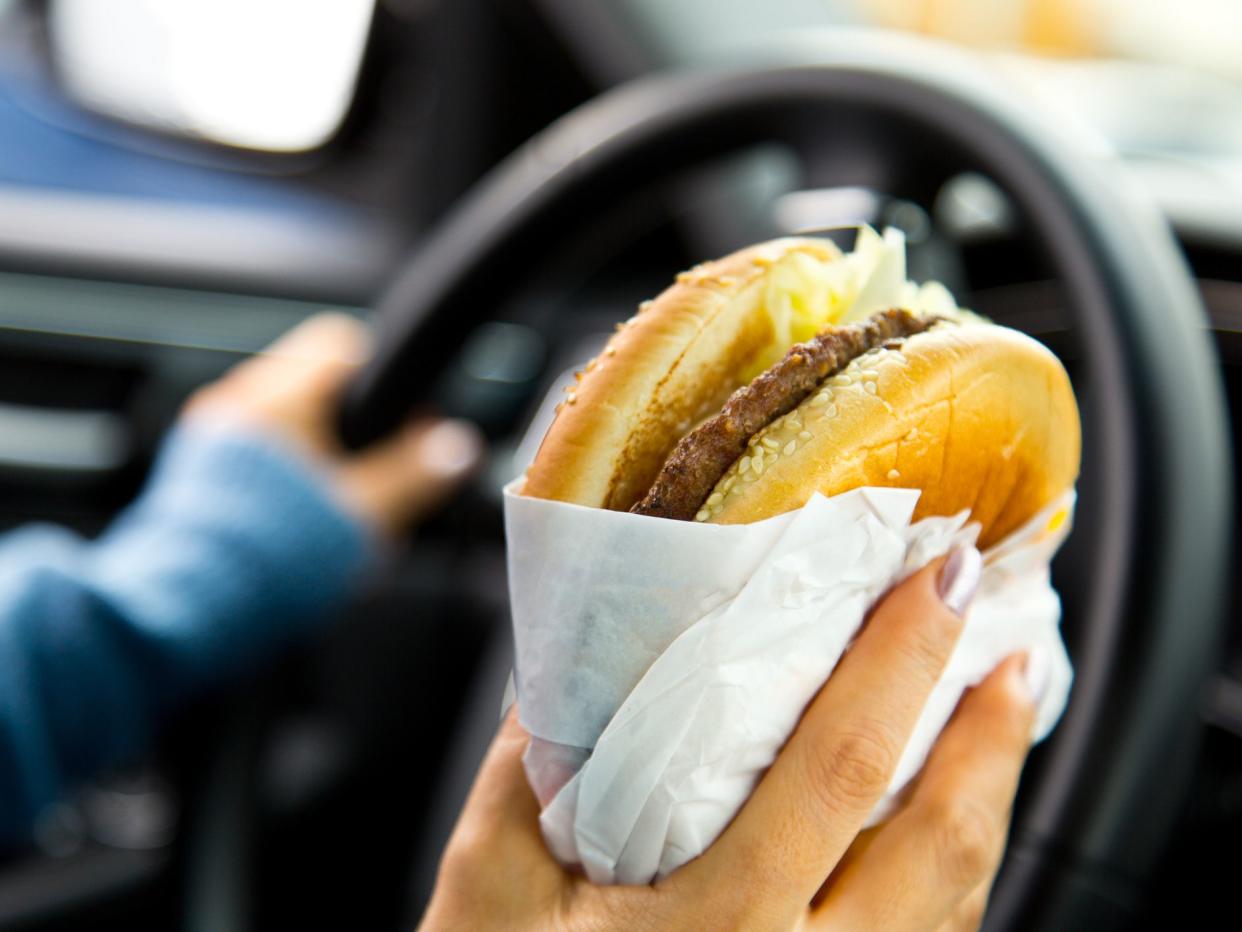
Asking Your Car to Double as a Diner
Even the most prudent motorists are going to stuff their faces during moments of weakness while driving here and there. But when eating in your car — and allowing passengers to do the same — is the rule and not the exception, dropped salt, grease, crumbs, seeds, smears, and smudges begin to add up. The result is a layer of matted, caked-on grossness in your seats, mats, carpeting, upholstery, and all things touched that grows resistant eventually even to thorough cleanings.
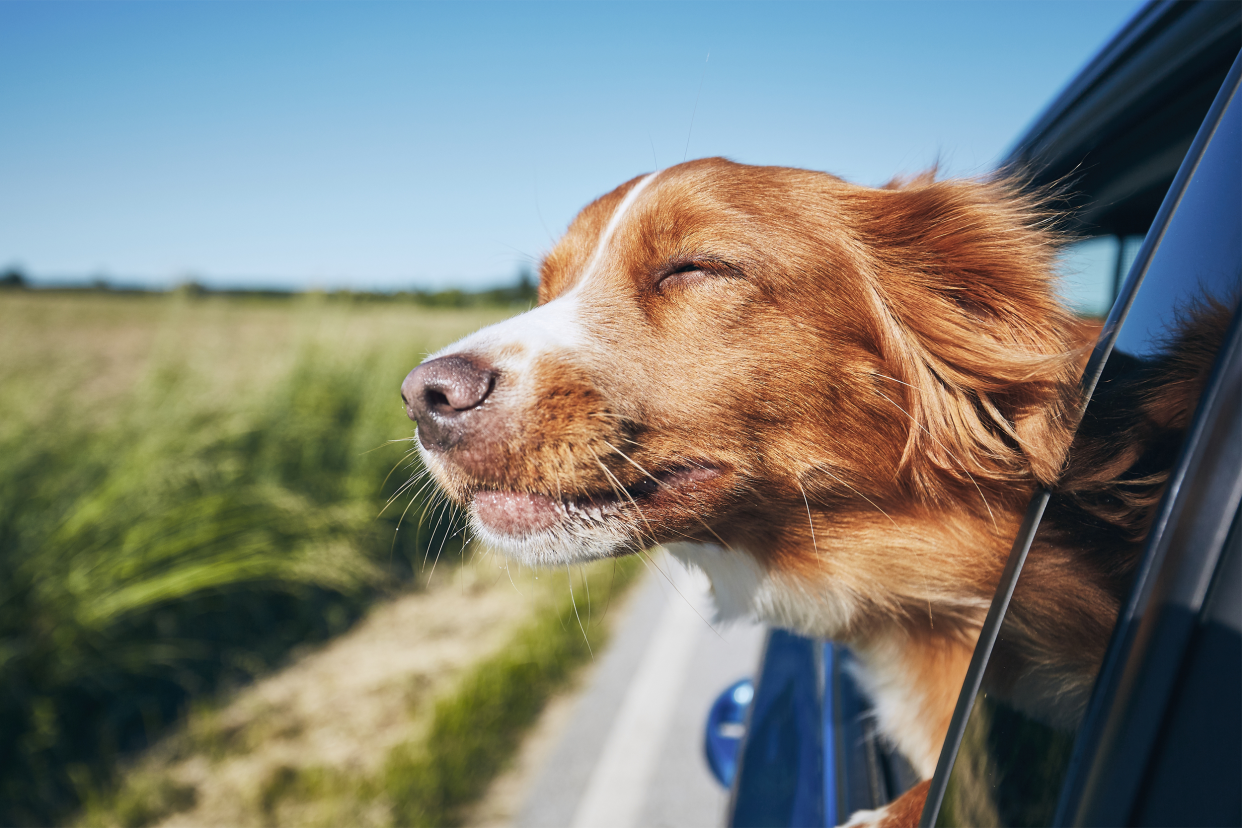
Bringing Pets Along for the Ride
This is a tough one because people love their pooches and parrots and puppies, but they’re all terrible for your car. Some scratch, gnaw, drool, and relieve themselves. Even those with impeccable travel manners shed hair and dander, which creates smells, triggers allergies, and becomes embedded in fabrics, upholstery, and carpeting. Don’t fret. From seat covers to specialized mats, there are plenty of ways to pet-proof your car.
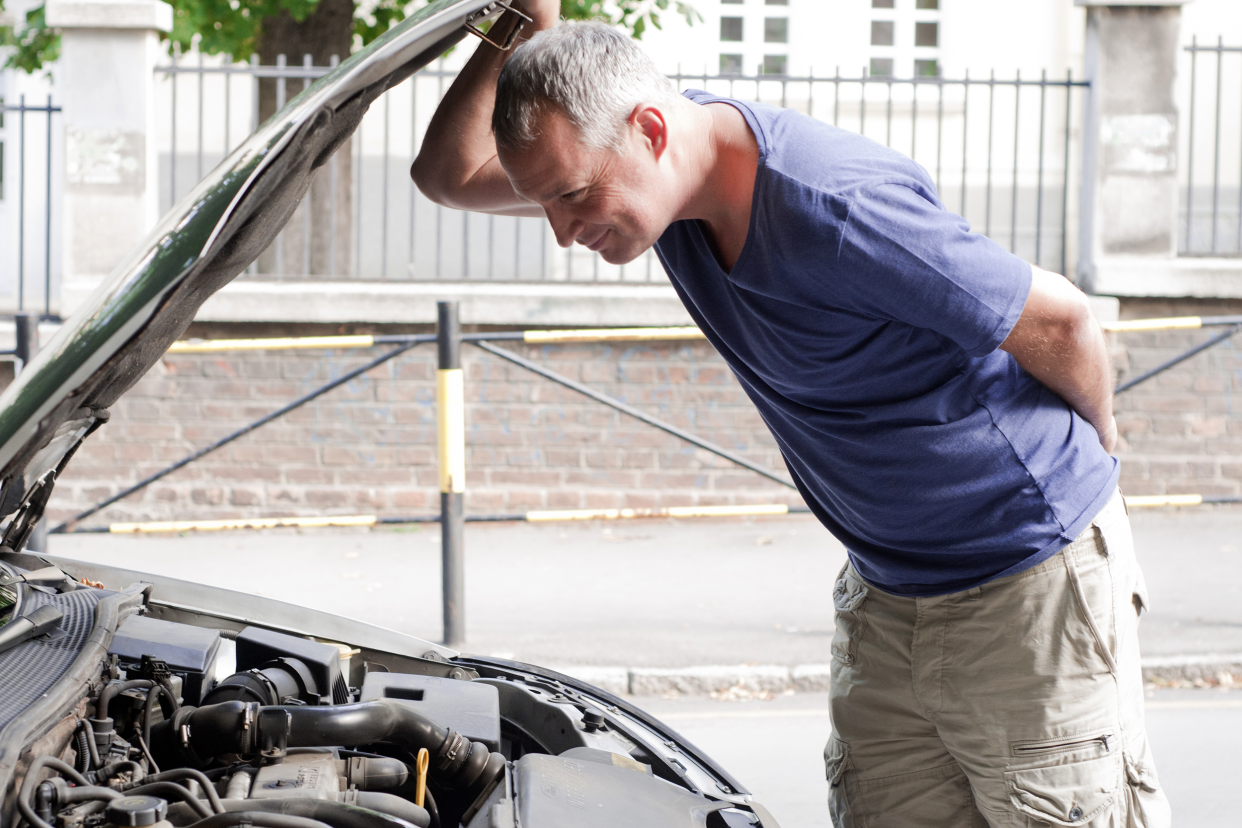
Letting Your Uncle Do Repair Work
When something goes wrong with your car, which it will, you might get offers to make repairs on the cheap from friends or acquaintances who are “good with cars.” In the long run, you’ll almost never save money this way. Universally recognized standards such as the National Institute for Automotive Service Excellence ASE certification ensures you’re trusting your vehicle to service pros who participate in continuing education, are up-to-date on emerging technologies and techniques, and who are invested in their reputations and careers.
This article was originally published on Cheapism

